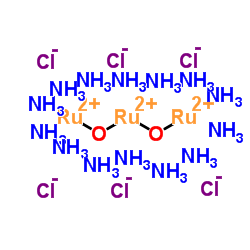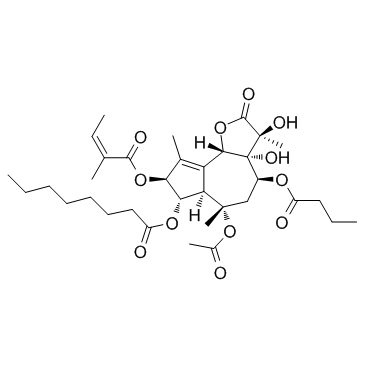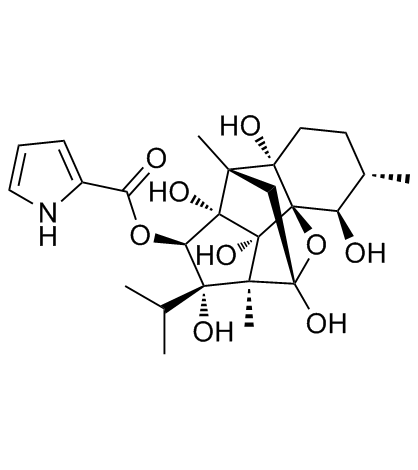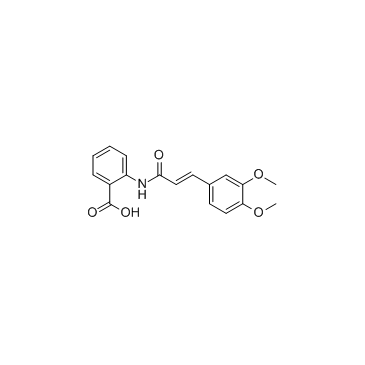| Structure | Name/CAS No. | Articles |
|---|---|---|
 |
sodium chloride
CAS:7647-14-5 |
|
 |
Ruthenium red
CAS:11103-72-3 |
|
 |
Thapsigargin
CAS:67526-95-8 |
|
 |
SODIUM CHLORIDE-35 CL
CAS:20510-55-8 |
|
 |
Ryanodine
CAS:15662-33-6 |
|
 |
Tranilast
CAS:53902-12-8 |